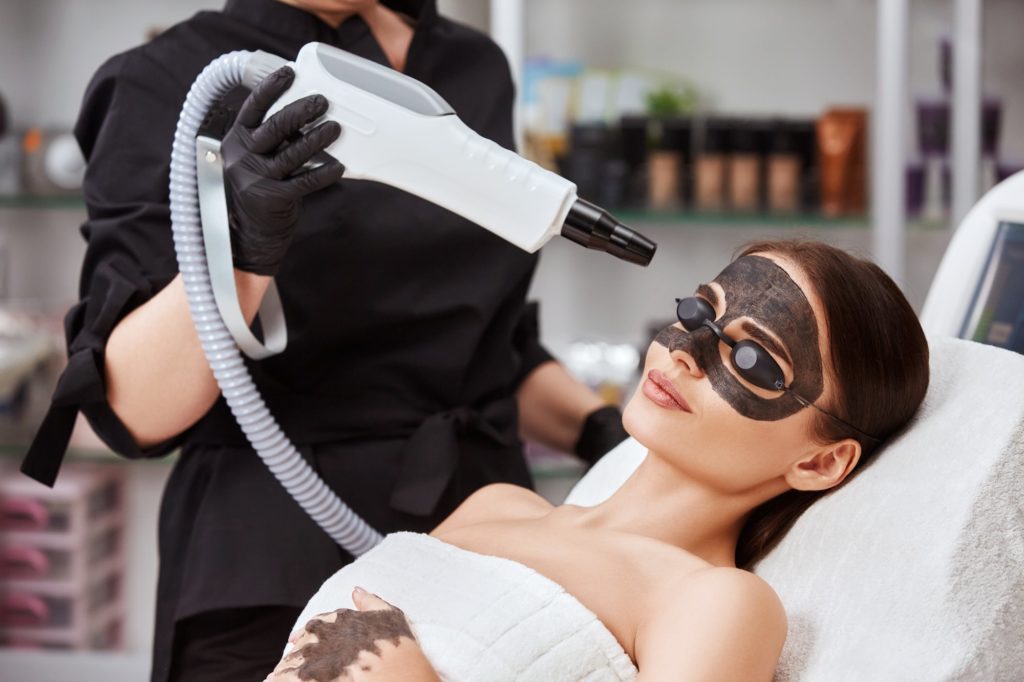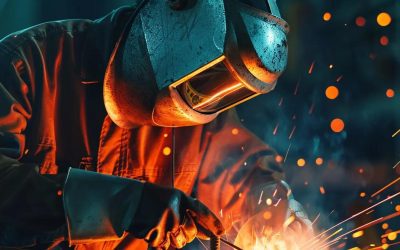Cosmetic Laser Safety Officer Responsibilities and Duties
The Cosmetic Laser Safety Officer (LSO) is chosen by the employer and charged with implementing all the hazard controls, monitoring the adherence to the procedural controls, and documenting training.
Laser Safety Officer Duties
The LSO position is typically a part time position, so the responsibilities are added to the employee’s normal duties, and include the following:
Laser Safety Program
Responsibility for administering an ongoing laser safety program, including providing safety training to new employees. The LSO may delegate certain tasks, such as evaluation, maintenance and service of HCLS so long as the individuals performing the tasks are properly trained to do so.
Deputy LSO
Appointing a Deputy LSO, who can perform the same tasks as the LSO when they are not available. This is especially applicable in hospitals with 24-7 schedules.
Other Appointments
Appointing Laser Safety Site Contacts or Laser Safety Specialists, who supervise the safe use of the lasers in multiple locations within the broader health care organization.
Hazard Evaluation
Performing a hazard evaluation of the laser treatment control areas (LTCA). This is the area in which the HCLS resides, including all barriers and warning labels surrounding the area in which the laser treatment is being performed. The LSO must respond to hazard by immediately informing the operator if there is any danger from the laser in use.
Control Measures
Implementing control measures recommended by the manufacturer, as well as recommend additional/alternate/substitute control measures where applicable. All control measures should be evaluated on a periodic and scheduled basis to ensure their proper implementation.
SOPs & Checklists
Implementing and monitoring procedural controls for the safe use of HCLS, including installation, operation, maintenance, and service. A startup procedure and operational safety checklist is recommended.
Labels and Warnings
Appropriately labeling the laser control area with warning signs indicating the laser classification. Lasers require Personal Protective Equipment (PPE) for safe use. There is a responsibility hierarchy associated with them. The employer must provide the PPE, ensure proper maintenance by the LSO, and the operator must wear it when necessary.
Installation & Inspection
Inspecting and approving of the proper installation of new HCLS and associated equipment. The installation must comply with manufacturer recommendations. Any modifications to the facilities or the laser system itself must be reviewed. The LSO must perform a new hazard evaluation after any modifications have been made. The LSO must document the maintenance of the equipment by trained service personnel.
Training & Certification
Providing laser safety training to all health care personnel that may come in proximity to the laser system, regardless of whether they are exposed to laser radiation. (Patients undergoing laser procedures do not need to undergo laser safety training.) The LSO must document the implementation of the laser safety training program.
Documentation
Maintaining all records required by federal and state regulations. This includes documenting equipment maintenance, implementation of the laser safety
This can be a substantial commitment if there are many laser devices to track and many employees to provide training to.
How can we help?
Secure your workplace and take our LSO Certification Course and Cosmetic Laser Safety Course. Get started HERE.
If you are responsible for your medical laser safety, you should ensure your employees obtain the best safety training available and sign them up for our our Cosmetic Laser Safety and Cosmetic LSO Certification courses and get certified today.




